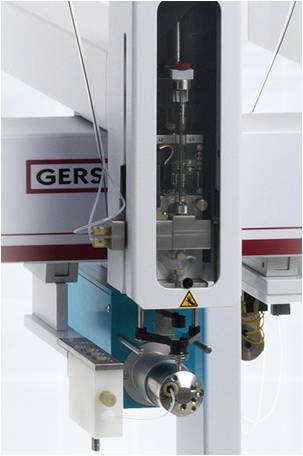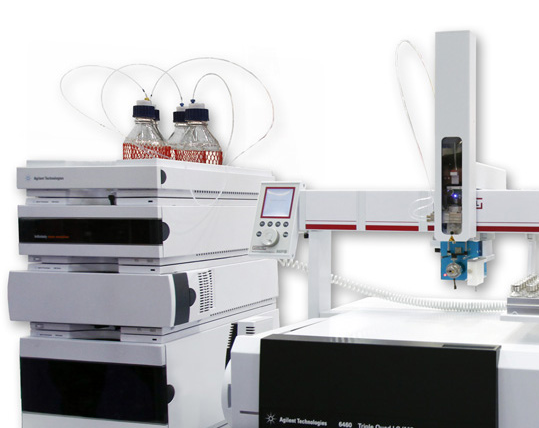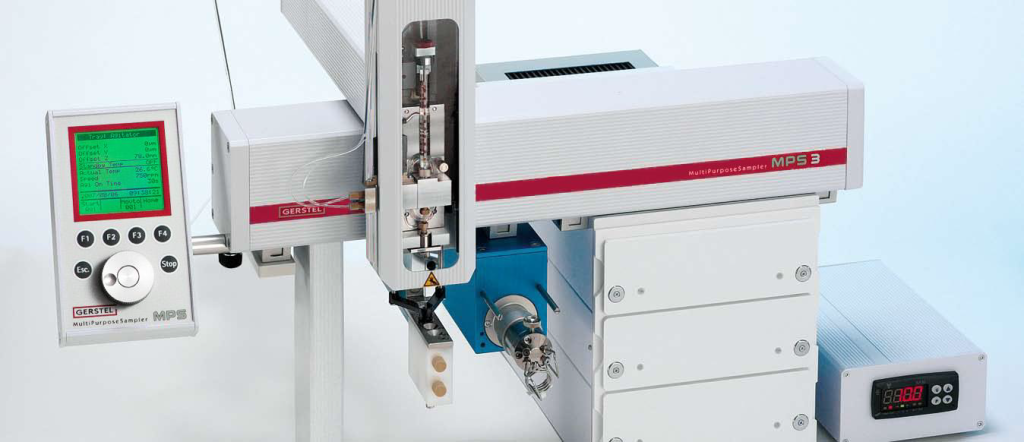Dynamic Load & Wash
Near Zero Carryover – Fast Cycles and Exceptional Reproducibility.
Mass Spectrometers are continuously being improved and have become so sensitive that carryover is constantly an issue. To meet today’s requirements for fast, clean and reproducible LC/MS injection; GERSTEL is now offering the Dynamic Load and Wash Option (DLW) for the GERSTEL MultiPurpose Sampler MPS.
With this option, the sample is no longer in contact with the syringe but it is aspirated into a holding loop/guard column located in front of the syringe. Even though the syringe acts only as an aspirating and dispensing device, it still provides the excellent reproducibility seen in standard syringe injection systems. After injection, the whole sample path including the valve and the needle is washed with up to 2 different solvents. Micro pumps deliver the required quantity of solvent quickly and reliably. At the end of the injection cycle, all parts which have been in contact with the sample are completely clean. As a result, near-zero carryover is achieved for most components.
DLW benefits:
- Near zero carryover – Typically less than 0.003%
- Fast – Cycle time between injections is less than a minute including cleaning step
- Maestro control – Intrgrated software control including multiple sample preparation techniques
- Inert sampling path – No contact with syringe, only PEEK tubing and stainless steel
- Reproducible – < 1% RSD
- Two solvent wash – Complete cleaning from the opposite direction of sampling
- Flexible – New 15,000 psi valve handles both HPLC and UHPLC applications
- Upgradable – DLW option available for most existing MPS Autosamplers
Product Specifications









